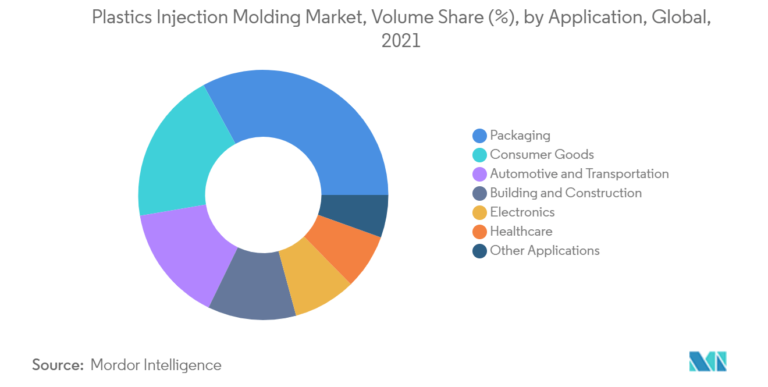Stahl Proposed cutting Upstream Emissions by 25%

A major step toward the intention of achieving the global temperature rise to 1.5 degrees Celsius over pre-industrial levels before 2050, the objective is significant.
Manufacturers of coating materials for footwear, apparel, and home furnishings Stahl indicated that it would submit a greenhouse effect (GHG) emissions reduction goal, which was in line with the most current suggestions by the science-Based Targets initiative (SBTi).
A giant step toward the company’s strategic goals of becoming carbon neutral has been reached with new aims. In their SBTi proposal, Stahl gives a specific promise addressing its Scope 3 upstream pollutants. Effective with the base year of 2021, Stahl pledges to cut these emissions by approximately 25% over the next ten years.
Stahl would minimize its carbon footprint to the fullest extent by swapping out its fossil-based raw materials for substitutes with less carbon. The goal is a crucial step toward achieving the Paris Climate Change Accords’ mandate to minimize the global average temperature to 1.5 degrees Celsius above before levels by 2050.
Adding to the organization’s corporate reduce emissions goals for Scopes 1 and 2, which were adopted soon after the Paris Agreement in 2015. By improving the efficiency of operations and decarbonizing its energy source, thus according to Stahl, the company has now lowered its Scope 1 and 2 Gas ( GHG ) emissions by the more than 30%.
All indirect emissions that may happen throughout the value chain, including those linked with packaging, shipping, business travel, and acquired raw materials, are included in the purview 3 GHthe G emissions. Over 90% of Stahl’s carbon footprint comprises Scope 3 emissions.
“Aligning our GHG aims to the Paris Accord goals is ambitious and will need continual new technologies throughout the value chain,” Stahl CEO Maarten Heijbroek stated. To achieve the 10-year landmark, “we are already cooperating extensively with our upstream partners, and we will track our progress annually in our ESG report.”
By adopting a specific, measurable goal to cut the business’s Scope 3 emissions, Stahl ESG Director Michael Costello remarked, “We intend to provide our customers the most comprehensive and detailed indication to date of how we can accomplish our climate ambitions. As a company.”
Costello continued to benefit our stakeholders, the planet, and society: “We are determined to work together to make the necessary actions to realize this vital aim.”
Netherlands-based Stahl, whose manufacturing and specialty coatings solutions enable commodities to perform better for longer while having a less adverse impact on the environment. To achieve its objectives, the corporation has selected four key areas of importance: digital revolution, open innovation, renewable bioproducts, and sustainable development.
- How Do I Delete My Listing On Depop | Complete Guide 2022
- How Do I Remove/Delete An Account From Mint | Detailed Guide 2022
- How To Delete Rakuten Account | Cancel Account Easy Guide 2022
- Why Is Fire Alarm Making A High Pitched Noise | Complete Guide 2022
- How To Find Your Old Musically Accounts | Easy Guide 2022
Energy Efficiency:
About 70% of our Scope 1 and Scope 2 emissions are related to energy management, putting it a critical area of concentration for cutting emissions intensity. Such projects represent considerable redox potential when combined at the business level.
Our methodology for deploying established, renewable power generation solutions is targeted and selective. We spend our money on solar and wind power projects as they can cut carbon emissions most effectively and affordably. We aim to give certified, inexpensive, high-quality offsets to our clients globally to assist them in accomplishing their smaller carbon output. We are increasing the usage of biofuels in various products to lower co2 emissions.






